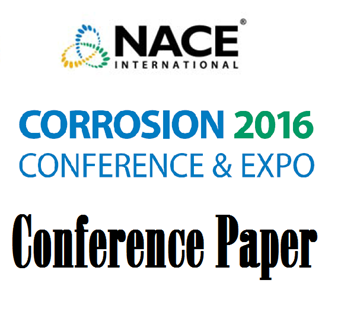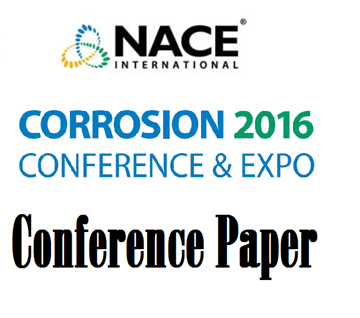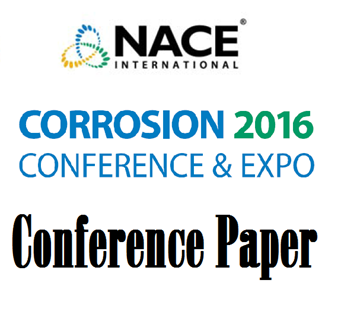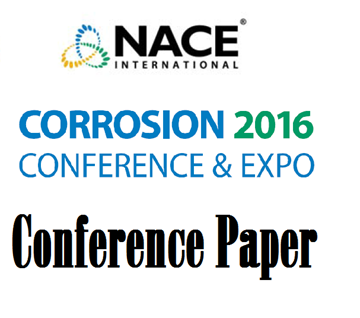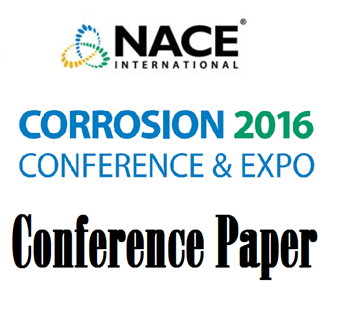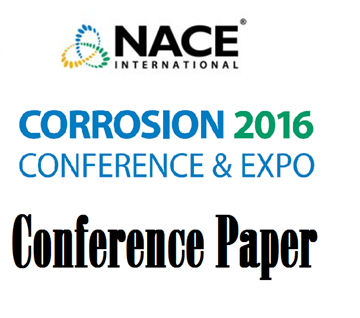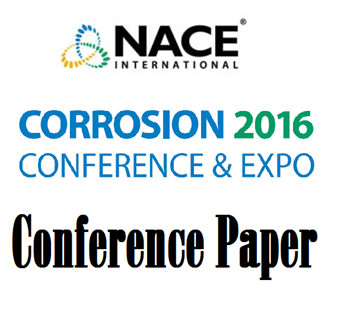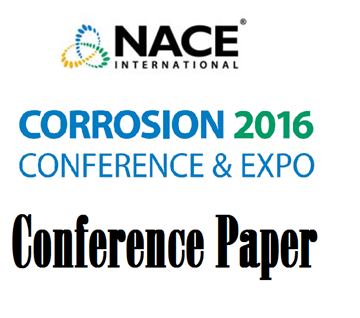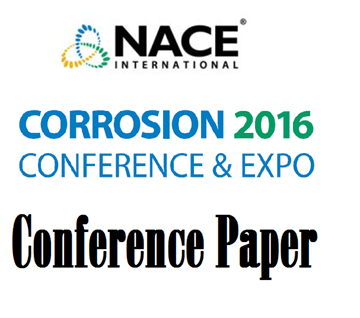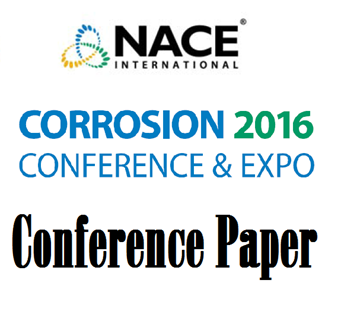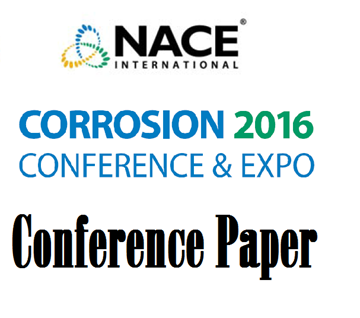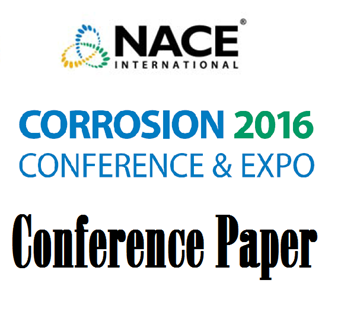Search
Products tagged with '2016 Conference Papers'
View as
Sort by
Display
per page
51316-7193-Influence of Magnesium on SCC Susceptibility of Duplex Stainless Steels in Boiling Solutions
Product Number:
51316-7193-SG
ISBN:
7193 2016 CP
Publication Date:
2016
$20.00
51316-7194-Monitoring and Risk Assessment of Microbiological Influenced Corrosion in Offshore Pipelines
Product Number:
51316-7194-SG
ISBN:
7194 2016 CP
Publication Date:
2016
$20.00
51316-7198-Comments on ASTM G48
Product Number:
51316-7198-SG
ISBN:
7198 2016 CP
Publication Date:
2016
$20.00
51316-7199-Documented Evidence of Significant Metal Loss in Aluminum Crevice Corrosion
Product Number:
51316-7199-SG
ISBN:
7199 2016 CP
Publication Date:
2016
$20.00
51316-7202-Single versus Multiple Injection Points for REAC Wash Water Systems
Product Number:
51316-7202-SG
ISBN:
7202 2016 CP
Publication Date:
2016
$20.00
51316-7203-The Effect of Notch Configuration on NACE TM0177 DCB Elastic Compliance and Recommendations for Futu
Product Number:
51316-7203-SG
ISBN:
7203 2016 CP
Publication Date:
2016
$20.00
51316-7209-Evaluation of Full Size C110 Premium Casing Connections Fit-for-Purpose Performance in Mildly Sour Environment
Product Number:
51316-7209-SG
ISBN:
7209 2016 CP
Publication Date:
2016
$20.00
51316-7211-Impact of Charging Conditions and Membrane Thickness on Hydrogen Permeation: Thick/Thin Membrane Concepts Revisited
Product Number:
51316-7211-SG
ISBN:
7211 2016 CP
Publication Date:
2016
$20.00
51316-7212-Formation of Galvanic Cells and Localized Corrosion under Atmospheric Conditions
Product Number:
51316-7212-SG
ISBN:
7212 2016 CP
Publication Date:
2016
$20.00
51316-7214-40 Years of José R. Galvele´s Localized Acidification Pitting Model: Past Present and Future
Product Number:
51316-7214-SG
ISBN:
7214 2016 CP
Publication Date:
2016
$20.00
51316-7223-Corrosion Assessment of Pipeline Steels in Supercritical Carbon Dioxide Stream
Product Number:
51316-7223-SG
ISBN:
7223 2016 CP
Publication Date:
2016
$20.00
51316-7224-A Study of Reactivation Process of Passivated Localized Corrosion of Carbon Steel in Radioactive Waste
Product Number:
51316-7227-SG
ISBN:
7227 2016 CP
Publication Date:
2016
$20.00

